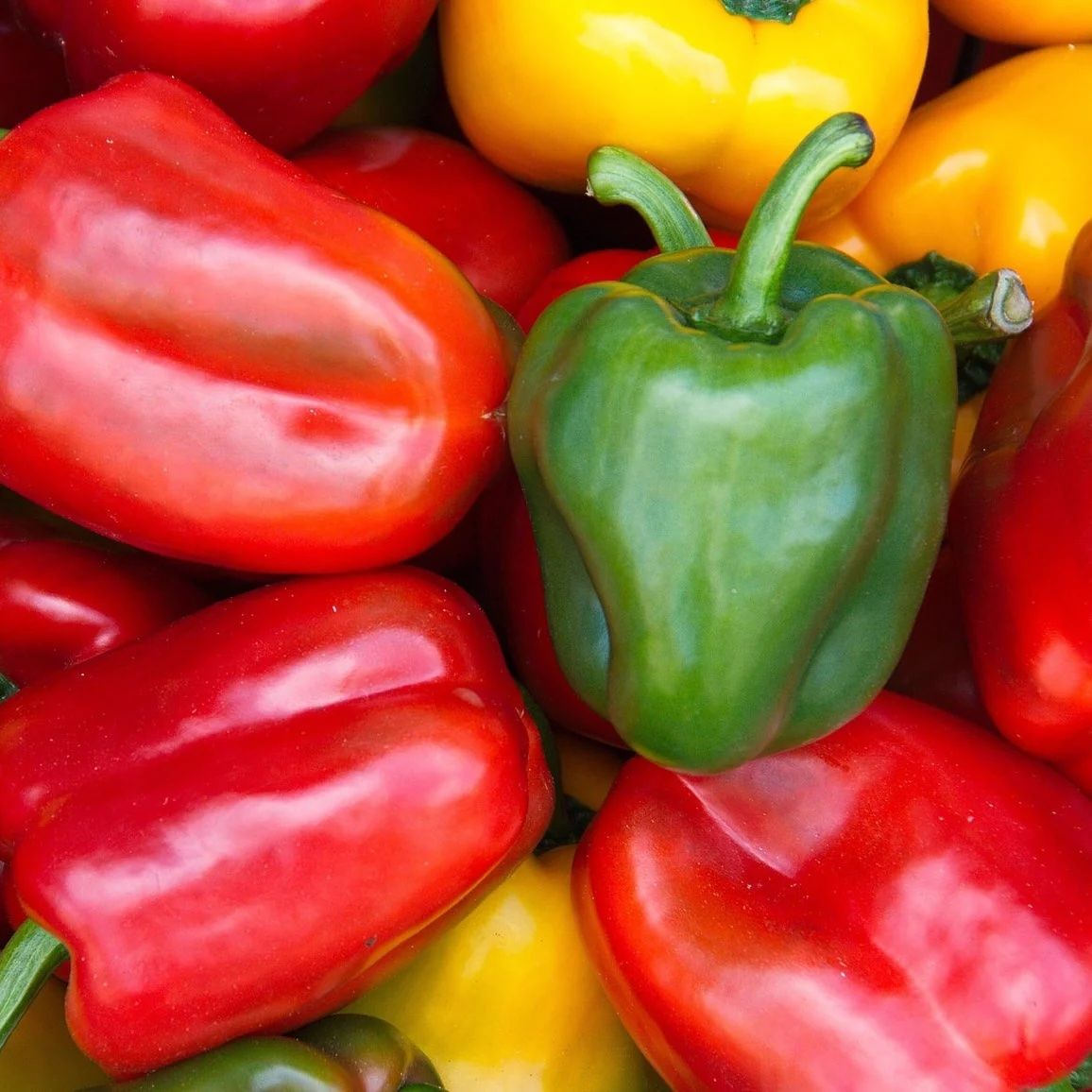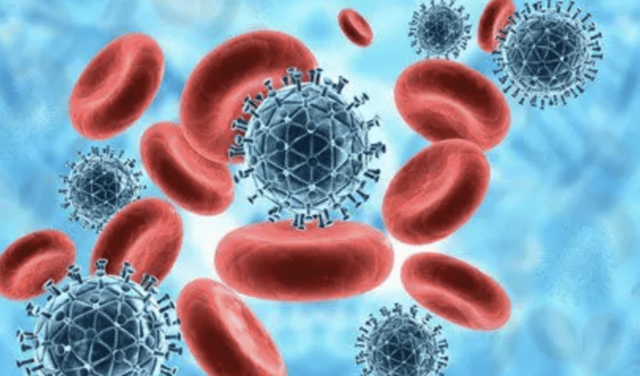PEPPERS are commonly used as vegetables in culinary contexts, but did you know they are botanically classified as fruits?
This is because they develop from the flower of the pepper plant and contain seeds within them.
This is the defining characteristic of a fruit in botanical terms. Peppers are often highlighted for their nutritional value in connection with vitamin C, fibre and carotenoids which give them their bright, vibrant colours.
Vitamin C helps with many important bodily functions such as collagen production, carnitine, serotonin and normal functioning of our immune systems. Fibre on the other hand can help digestion, prevent constipation as well as improve gut health.
Carotenoids are antioxidants that protect us from too much inflammation that can cause disease in our bodies. People who eat plenty of fruit and veg usually have a lower risk of developing heart disease, stroke and some cancers. That’s one of the reasons why the advice is a minimum of five portions of fruit and veg per day.
This should be in the form of a rainbow of colours with a portion of peppers being 80g.
Peppers go well mixed in with pasta, rice and noodle dishes as well as bread. The vitamin C in them will help absorb the plant-based iron from these foods to reduce tiredness and fatigue.
Lee McCusker (BA; MSc; MSc; MSc; ANutr; SENr) is a registered nutritionist from Belfast and can be found on Facebook, Instagram and Twitter. Email Lee direct.







